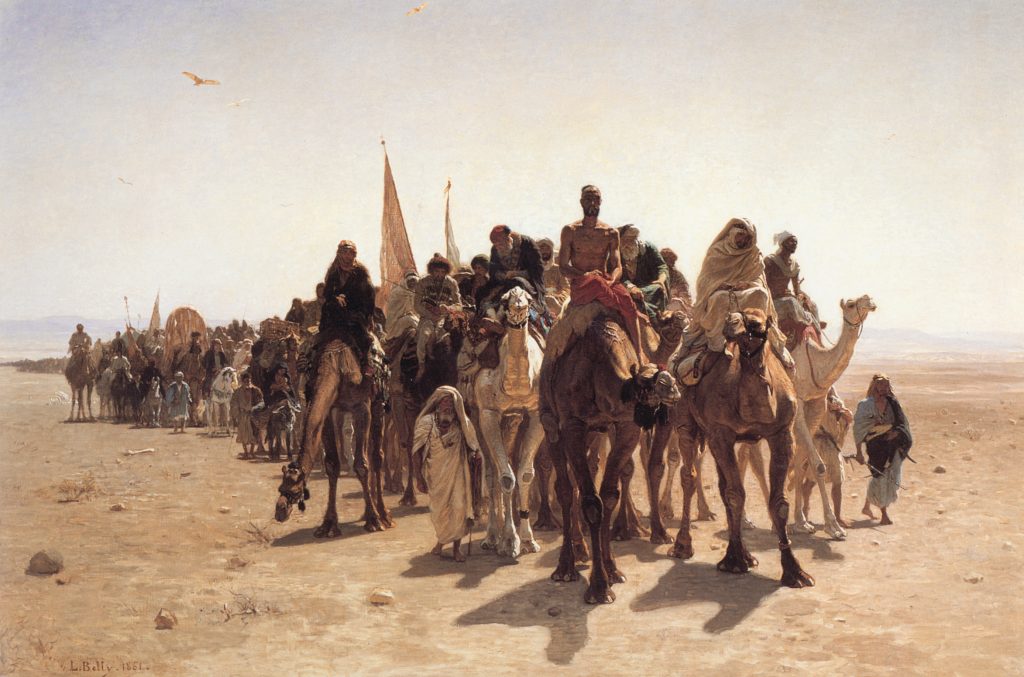Travel Experience Storytelling in Art: Capturing Journeys
For professional photographers, the art of storytelling through travel experiences offers a profound canvas that merges the visual with the narrative. The magic of travel experience storytelling in art lies in the ability to translate not just the sights, but the emotions, cultures, and moments into a captivating visual narrative. In this digital age, where every journey is a potential story waiting to be told, how can photographers harness this potential to create art that resonates?
The essence of travel experience storytelling in art is not just in the images captured, but in the stories they tell. It's about painting with light, shadow, and perspective to convey a narrative that speaks to the heart and mind. This journey begins even before the shutter clicks, as photographers immerse themselves in the culture, people, and environment of their destination.

The Art of Visual Storytelling
Visual storytelling is an ancient art form that predates written language. In photography, it involves using imagery to narrate a story that can evoke emotions, provoke thoughts, and inspire actions. The power of a well-captured photograph lies in its ability to convey a myriad of stories within a single frame.
Professional photographers understand that storytelling through art is not about capturing a perfect image, but about capturing the essence of a moment. This involves understanding the subject, the environment, and the context in which the photograph is taken. Each image should tell a story that is both personal and universal, resonating with audiences from all walks of life.
Capturing Culture and Emotion
One of the most compelling aspects of travel photography is its ability to capture the culture and emotion of a place. Through the lens, photographers can explore the vibrant colors of a bustling market, the serene beauty of a secluded landscape, or the poignant expressions of people going about their daily lives.
When telling a story through art, it is essential to capture the small details that make a place unique. These details, whether they be the intricate patterns of a local textile or the weathered faces of the elderly, add depth and dimension to the story being told.
Techniques for Storytelling in Travel Photography
Successful travel photographers employ a range of techniques to enhance their storytelling. These techniques include:
1. Composition and Framing
The composition of a photograph can significantly impact its storytelling potential. By carefully considering the arrangement of elements within a frame, photographers can guide the viewer's eye and emphasize the story being told. Techniques such as the rule of thirds, leading lines, and framing can be used to create visually compelling narratives.
2. Light and Shadow
Light is one of the most powerful tools in photography. The interplay between light and shadow can create mood, highlight details, and add drama to a photograph. Photographers can experiment with different lighting conditions, such as the golden hour or backlighting, to enhance the storytelling aspect of their images.
3. Subject Interaction
Engaging with subjects can add an authentic and personal touch to travel photography. This interaction can be as simple as a smile exchanged with a street vendor or a conversation with a local guide. These moments of connection can add emotional depth to the photographs and make the story more relatable.
Bringing the Story to Life
Once the photographs have been captured, the next step is to bring the story to life through post-processing and presentation. This can involve selecting the best images, editing them to enhance their storytelling potential, and curating them into a cohesive narrative.
Photographers can choose to present their stories in various formats, such as photo books, exhibitions, or online galleries. Each format offers a unique way to engage with the audience and share the travel experience.
In conclusion, travel experience storytelling in art is a powerful way for photographers to share their journeys with the world. By capturing the essence of a place and the emotions of its people, photographers can create art that resonates with audiences and inspires them to embark on their own adventures.
For more insights on how art and travel intertwine, explore this Pinterest collection on travel-inspired art. Additionally, don't miss our internal resources such as Artistic Trip Retrospectives and Painting Journeys That Mattered for more inspiration.

FAQ
1. What is the role of culture in travel photography?
Culture plays a significant role in travel photography as it provides context and depth to the images. Capturing cultural elements such as local traditions, festivals, and everyday life adds authenticity and richness to the storytelling.
2. How can I improve my storytelling skills in photography?
Improving storytelling skills in photography involves practicing techniques such as composition, lighting, and subject interaction. Additionally, studying the work of successful photographers and understanding the stories behind their images can provide valuable insights.
3. What equipment is best for travel photography?
The best equipment for travel photography is versatile and lightweight. A good quality DSLR or mirrorless camera with a range of lenses, a sturdy tripod, and reliable storage solutions are essential for capturing diverse travel experiences.

